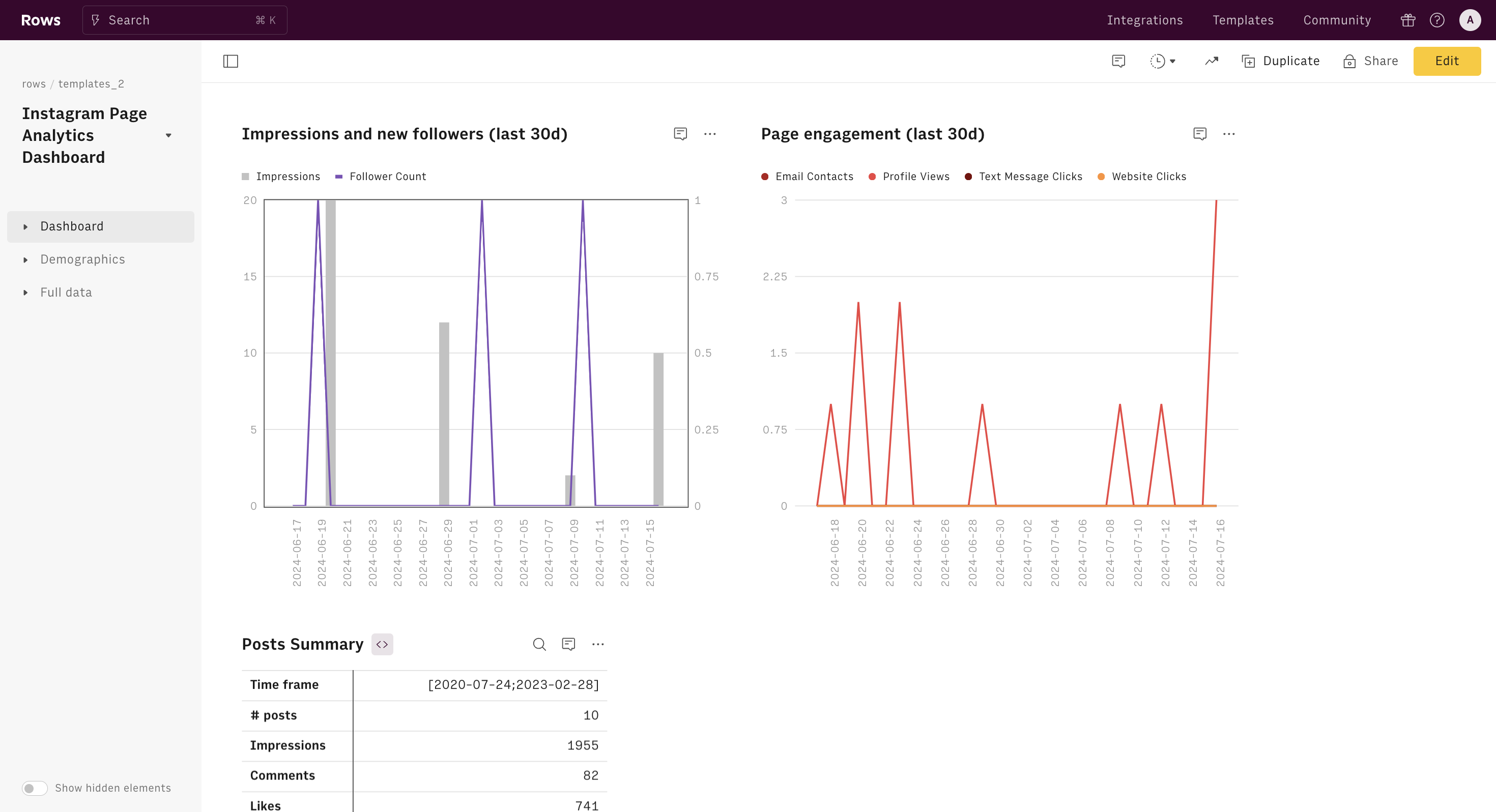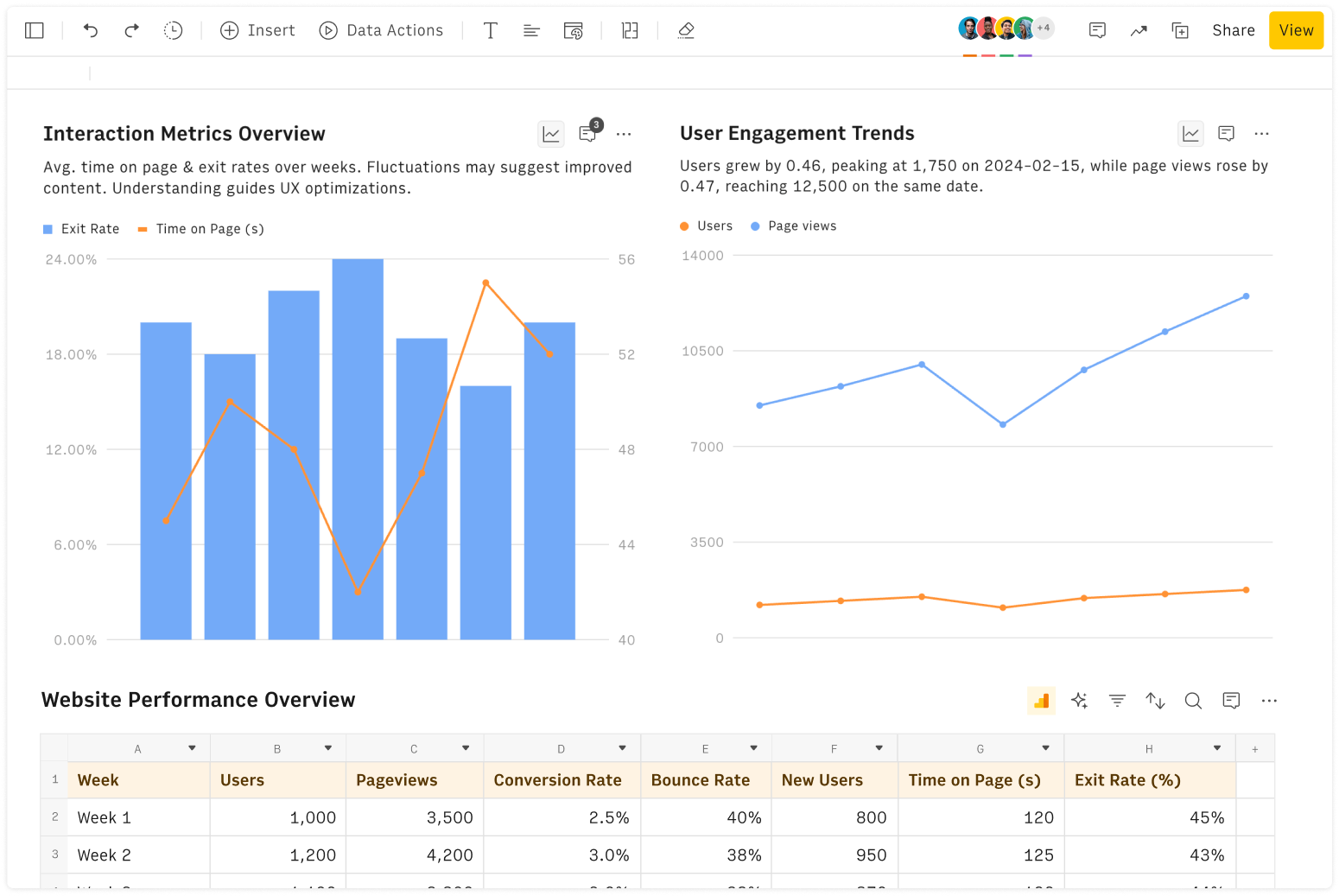What is a basis points calculator?
A basis point calculator is a tool used to convert percentage or decimal value, into the number of corresponding basis points. This is particularly useful when you need to calculate the difference between two percentages, for example: comparing the performance of two different investments.
The basis point calculator has two components: the basis point (bp) and the percentage point (pp).
One basis point (BP) is equal to 1/100th of 1%, namely 0.01% or 0.0001 in decimal format, while one percentage point (PP) is equal to 1%. As a result, 100 basis points are equal to 1% or 0.01 in decimal format.
To convert basis points (BP) to percentage points (PP), you simply need to divide the basis point value by 100. For example, 50 basis points would be equal to 0.50% or 0.0050 in decimal format.
Why basis points are used?
Basis points are used to measure small changes in percentages (especially in the financial industry) that would be difficult to express accurately using whole numbers or even decimal places.
For example, let's say that the interest rate on a mortgage was 5% in 2022. By 2023, this rate had changed to 6%. You may want to say that the value has increased by 1%, but it is not quite clear whether you mean that it changed from 5% to 5.05% (a relative value) or from 5% to 6% (an absolute value).
To avoid this confusion, you can say it has increased by 100 BPS. Then we know that you mean the second scenario, that is the increment by points, not by a percentage of a percentage.
In this way, basis points help to eliminate ambiguity when talking about rate changes.
Practical use cases for basis points
Basis points are commonly used in the financial industry, across many different situations including:
Measuring changes in interest rates: For example, if the Federal Funds Rate increases from 2.00% to 2.25%, it has increased by 25 basis points.
Analyzing bond yields and spreads: If a bond yield rises from 3.00% to 3.50%, it has risen by 50 basis points. Similarly, if the spread between two bonds narrows from 150 basis points to 100 basis points, it has decreased by 50 basis points.
Tracking the performance of investment portfolios and funds: If an investment fund's return improves from 5.00% to 5.75%, it has increased by 75 basis points.
Calculating fees and commissions in the financial industry: For instance, if a financial advisor charges a fee of 1.25% of assets under management and increases it to 1.50%, the fee has increased by 25 basis points.
FAQ
How do I calculate basis points?
To calculate basis points, take the percentage difference between two values and divide it by 100. For example, if the two values are 5% and 6%, the basis point difference would be (6% - 5%) / 100 = 100 basis points.
How much is 50 basis points?
50 basis points is equal to 0.50%. To convert basis points to a percentage, simply divide the basis point value by 100.
Is 100 basis points 1%?
Yes, that's correct. 100 basis points is equal to 1 percentage point.
What is 0.2% in bps?
0.2% is equal to 20 basis points. To convert a percentage to basis points, multiply the percentage by 100.







